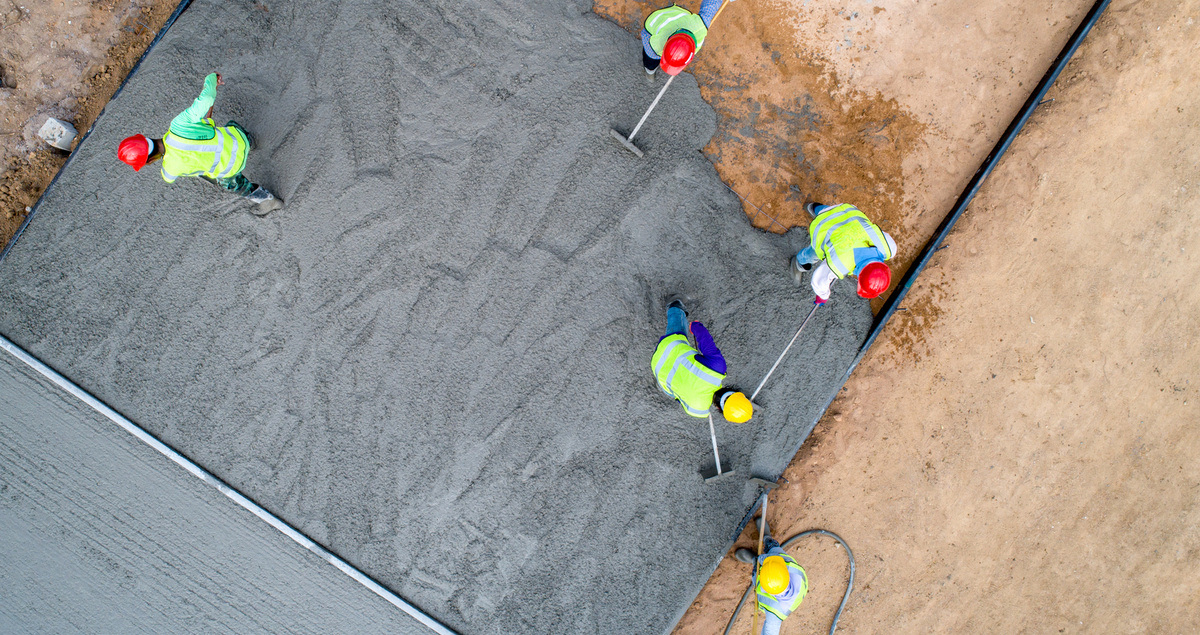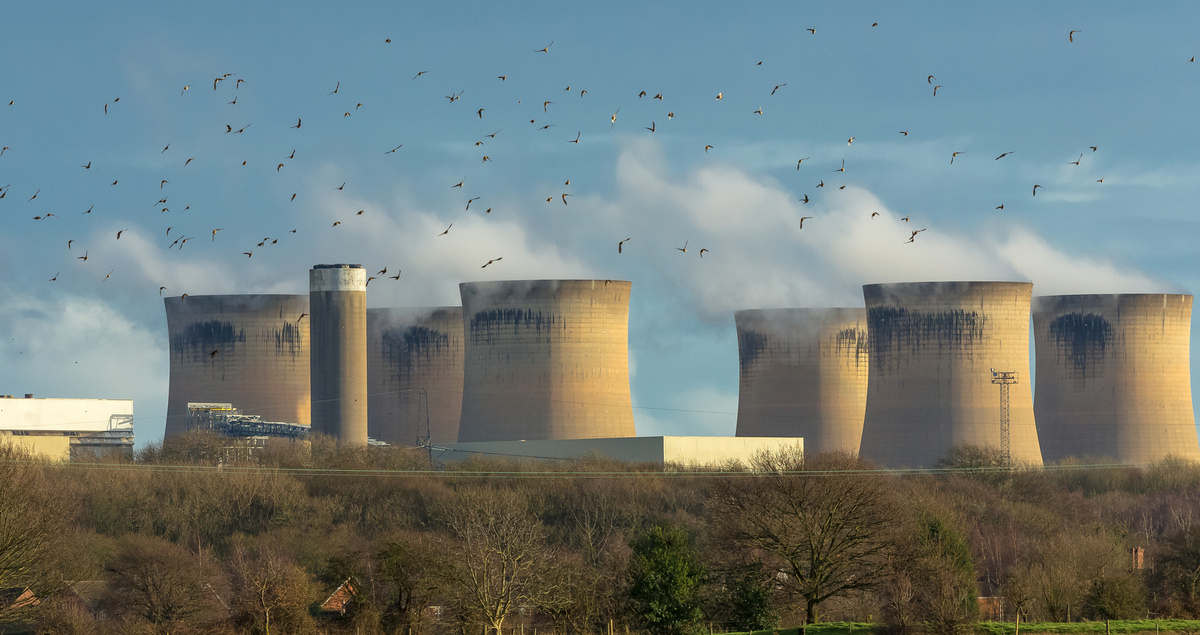Five ways CO2 can benefit the planet

Carbon dioxide is commonly seen as a pollutant. After all, it is the main driver of climate change and something that needs to be reduced if we are to hit the Paris Agreement target of keeping global warming within the desired range of 1.5 degrees Celsius.
But from manufacturing to energy production, CO2 also has multiple positive uses as a resource. Nowhere is this more evident than in the critical need for dry ice − the solid form of CO2 − for the transport of the Pfizer/BioNTech COVID-19 vaccine, which needs to be stored at -70 degrees Celsius almost until the time it is injected.
Such is the anticipated demand that some logistics firms are already producing their own dry ice to ensure a steady supply.
Here are four other creative ways to use carbon.
1. Textiles, baubles and bubbles
There is tremendous scope for innovation around carbon capture and storage (CCS), which is beginning to play a role in the manufacture of a number of everyday items.
In 2016, energy company NRG created a sneaker, 75% of which is made from materials produced from power plant emissions, to showcase its Carbon XPrize, which encourages the development of breakthrough technologies that turn emissions into usable products.
Carbon Upcycling Technologies (CUT), a Canadian start-up, combines CO2 emissions and feedstock to create everything from bioplastics to carbon-captured crayons and jewelry. Its largest reactor is producing eight metric tons of material a day.
There’s even a carbon capture system helping to put the bubbles in beer, by recapturing the CO2 released during the fermentation of hops. The CO2 Craft Brewery Recovery System traps about five metric tons of carbon dioxide per month, enough for a brewery that generates up to about 60,000 barrels per year.
2. Refashioning concrete
Many hope that socio-economic recovery from the impacts of the COVID-19 pandemic will lead to growth in sustainable infrastructure development − but concrete, a key building material, is also a heavy polluter. Cement, one of its primary ingredients, is responsible for 8% of global CO2 emissions.
Finding viable low-carbon alternatives could make a huge difference when it comes to building in a more sustainable way.
MHI Engineering has announced its participation in a feasibility study to utilize CCS in cement production at the Lehigh Cement Plant in Edmonton, Canada. This will be the first such study in the North America market and is estimated to capture about 600,000 metric tons of CO2 annually.

Not only can CCS take carbon out of the emissions generated by cement production, it can be put to work afterwards. For example, it can be injected into concrete to reinforce it, while also creating a permanent CO2 repository.
Researchers at the University of California, Los Angeles (UCLA) have developed a closed-loop process that involves capturing carbon from power plant smokestacks and using it to create a new building material − CO2NCRETE.
Scaling up the use of such materials will enable a sea-change in construction activity, according to a report from the Chatham House think tank, which notes that novel cements alone could allow emissions reductions of up to 90% in the building sector.
3. Fueling a marine revolution
Asia, and especially China, sits at the heart of global manufacturing, and products made in these countries are invariably moved around the world by freight tankers. The shipping industry carries over 80% of global trade and is taking steps to reduce its own emissions, aiming to halve CO2 emissions by 2050. This is another area of the global economy that could benefit from carbon capture and put CO2 to good use.
Mitsubishi Heavy Industries (MHI) Group is developing a carbon capture unit for maritime use, where carbon will be removed from marine exhaust gases and stored in tanks. It could then be unloaded and converted into synthetic fuels, like methane or methanol, for future use.
Florian Möllenbruck, a Mitsubishi Power engineer, has already synthesized methanol by using captured CO2 from power plant emissions and hydrogen from excess renewable energy sources. His research will help to reduce the use of fossil fuels for transport, as well as storing surplus renewable energy that might otherwise be lost.
4. Food for thought
It’s not just our energy needs, but our dietary ones that could be met by inventive uses for captured carbon. According to the World Wide Fund for Nature (WWF), the British livestock industry uses an area the size of the county of Yorkshire − at 12,000 km² one of the largest regions in the UK − to produce the soy used in animal feed. This has a devastating impact on biodiversity that’s echoed around the world.
Drax power station, which sits in Yorkshire, is a former coal-fired plant that now generates electricity from sustainable biomass. MHI Engineering has engaged in the testing with a bioenergy with carbon capture and storage (BECCS) pilot facility at Drax Power Station. Once BECCS is scaled up, Drax could deliver millions of tons of negative emissions annually − a significant proportion of the negative emissions the UK needs to reach its 2050 net-zero goal.

One scheme being tested has already received substantial funding from the British government. A carbon recycling project will see captured CO2 used to generate single-cell proteins, which in turn can be used in animal feed. The aim is to reduce the UK’s reliance on complex supply chains and transform the country’s food production system.
Globally, we emit over 36 billion metric tons of CO2 every year. Capturing and converting those emissions into products that benefit the economy and the environment will bring us closer to reaching our decarbonization goals. A Carbon capture, Utlization and Storage (CCUS) value chain will accelerate these activities.
Learn more about fuels of the future





